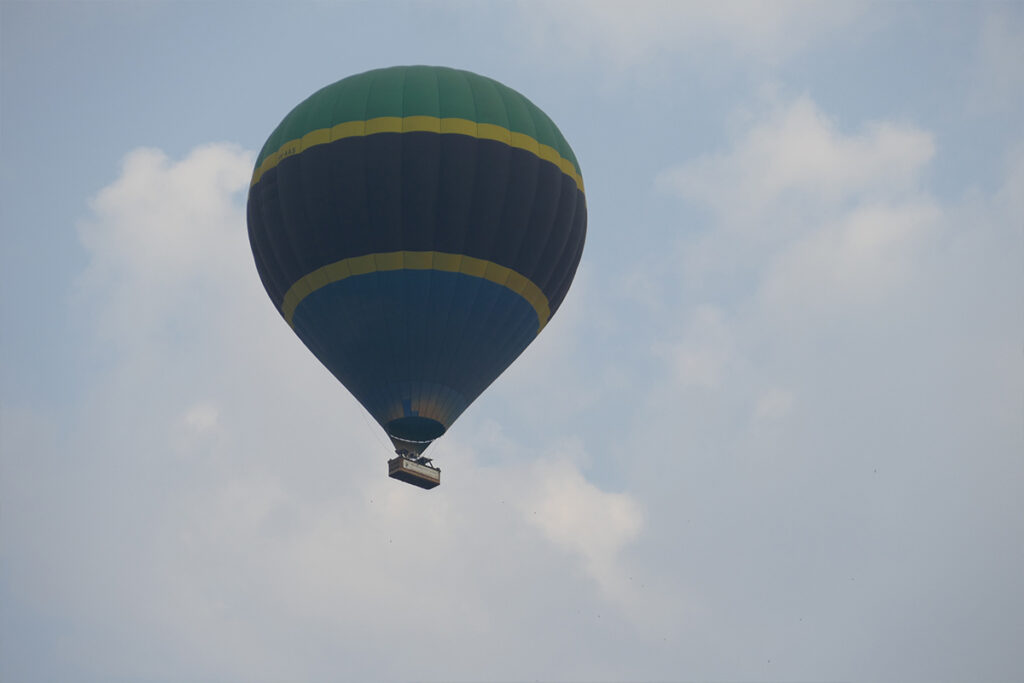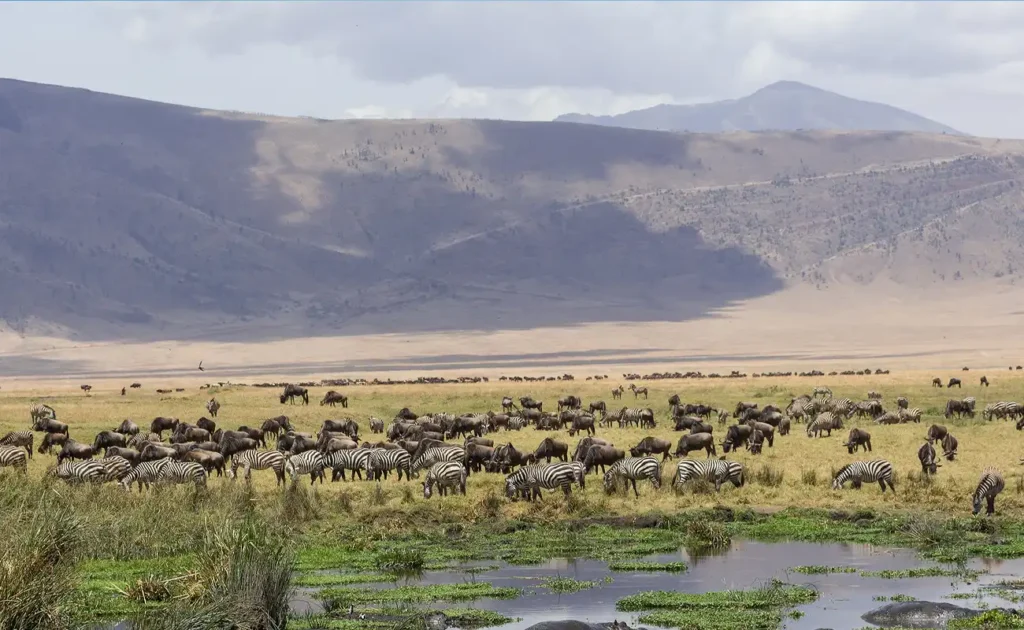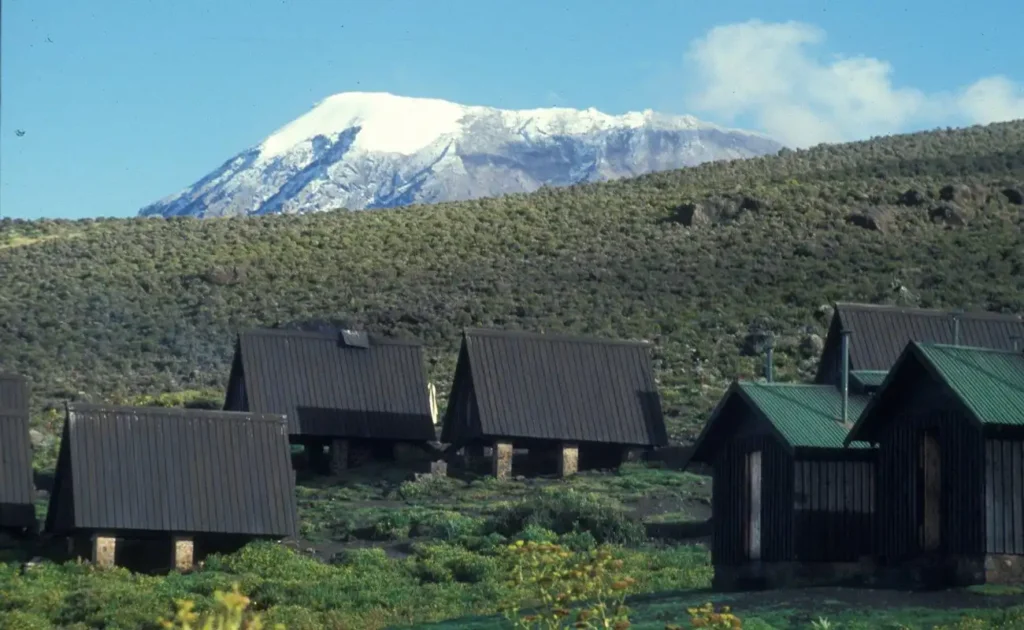Setting the record straight, Kilimanjaro doesn’t stand out just for its imposing stature but also for its diverse weather conditions, which often play a vital role in planning the climb. One might ponder how climbers decide when to tackle this majestic peak given these variable factors. The intriguing truth lies in understanding the mountain’s unique climate patterns that influence the best times to undertake this adventure.
The two primary climbing windows are from January to March and June to October, periods marked by clearer skies and more manageable temperatures. Historically, these months see a lesser rainfall, enhancing safety and increasing the chances of a successful ascent. Statistically, climbers have the highest summit success rates during these times, making them ideal for both first-timers and seasoned alpinists.

When to Climb Kilimanjaro: The Best Time
Climbing Mount Kilimanjaro is a thrilling adventure, but timing it right can make all the difference. The mountain’s weather varies greatly with the seasons, and choosing when to go impacts your experience. Popular months for climbing are January to March and June to October. These periods generally have clearer skies and warmer temperatures. This makes the trek more enjoyable and increases your chances of reaching the summit.
During these peak months, the trails can be crowded, but the favorable weather conditions are worth it. You’ll have a higher chance of sunshine, making your journey more scenic. The clear paths also mean safer trekking conditions. These months are not just about easier climbs; the views are simply stunning. The landscape, free from heavy mist or rain, is especially beautiful.
Climbing outside these popular months has its own charm and challenges. April and May, for example, are usually rainy, making the trails slippery and more difficult. However, fewer climbers mean you might have the paths mostly to yourself. This solitude could make the trip feel more personal and secluded. You just need to be well-prepared for wetter weather and muddy slopes.
November and December also have unpredictable weather, with a mix of sun and short rains. These months offer a quieter trail and vibrant, lush environment due to recent rains. If you decide to climb during this time, make sure you have the right gear. Proper clothing and equipment will help you handle sudden weather changes. Each season has its pros and cons, but with the right preparation, any time can be the best time for you to climb Kilimanjaro.
When is the Best Time to Climb Kilimanjaro? (Avoid These Months)
Understanding Kilimanjaro’s Climatic Patterns
Kilimanjaro’s climate is unique due to its altitude and diverse landscape. The mountain has five main climatic zones. These are the Cultivation Zone, Forest Zone, Heather-Moorland Zone, Alpine Desert Zone, and Arctic Zone. Each zone has its own weather conditions, which can change quickly. Understanding these patterns helps in planning your trek.
The lower regions, like the Forest Zone, are lush and humid, often experiencing frequent rain showers. As you ascend, the weather becomes cooler and drier. The Alpine Desert Zone, for example, is arid and has significant temperature fluctuations. Nights can be freezing, while daytime temperatures can be quite warm. This variability requires careful preparation.
At Kilimanjaro’s summit, the Arctic Zone, expect extreme cold and wind. Snow and ice are common here throughout the year. Even in the drier months, temperatures remain well below freezing. Being equipped with proper gear is crucial for enduring these harsh conditions. Layers of warm, moisture-wicking clothing can help you stay comfortable.
Knowing how the weather can change in each zone enables better planning for your climb. It’s not just the altitude that poses challenges, but also the rapid transitions among these climatic patterns. Climbers should be prepared for both rain and sun, as conditions can shift suddenly. This awareness is key to a successful and safe ascent.
The Ideal Months to Conquer Kilimanjaro
The best time to climb Mount Kilimanjaro is during its dry months, which provide safer and more enjoyable conditions. The most popular windows are January to March and June to October. These periods have clear skies and less rain, making the trails easier to navigate. You’ll also get to enjoy breathtaking views under sunny skies. However, it’s essential to book early since these months draw many climbers.
January to March is slightly colder, especially at night, but you’ll find quieter trails. This time is excellent for those who prefer less crowded paths and don’t mind a chill. The mountain’s scenic beauty shines with the snowy summit contrasting the clear blue skies. You might even enjoy a bit of snow near the top. This period offers a unique experience for adventurers.
June to October is another favored season, known for its stability and mild temperatures. This time is during the northern hemisphere’s summer, making it convenient for vacation plans. Though expect more fellow climbers along the way, the energy on the trails is vibrant and motivating. The weather is reliably dry, reducing the risks of slippery paths. It’s a prime time for a successful summit.
It’s also helpful to look at a month-by-month guide to decide the best time for you.
| Month | Weather |
|---|---|
| January – March | Cold, clear skies, less crowded |
| June – October | Mild temperatures, dry, popular |
Careful planning ensures you choose the season that best fits your preferences. Remember, each month offers its own adventures.
Climbing Kilimanjaro Outside Peak Seasons: Pros and Cons
Choosing to climb Mount Kilimanjaro outside the peak seasons, such as during April, May, or November, has its unique benefits and challenges. One major advantage is encountering fewer climbers on the trails. This gives you a more serene and personal experience. The quiet paths allow you to connect more deeply with nature. However, the weather during these months can be unpredictable.
The rainy season, particularly in April and May, makes trails muddy and more challenging to navigate. This might slow down your journey but also adds to the adventure. The lush greenery during these months offers spectacular scenery, unmatched by the typical dry season views. If you’re up for a wetter trek, you’ll see landscapes few others witness. Remember to pack waterproof gear to stay dry and comfortable.
Another factor to consider is the lower costs associated with climbing in off-peak times. Since fewer people are climbing, there may be discounts on permits, guides, and accommodations. This can make your expedition more affordable. It’s a great opportunity for budget-conscious adventurers. Planning early can further enhance cost benefits.
While you have the trails to yourself, be prepared for the colder, cloudier conditions at higher altitudes. The summit might be hidden behind clouds, reducing the panoramic views. Despite this, reaching the top still offers immense satisfaction. Every climb teaches its own lessons, adding a unique story to your adventure. Ensuring you’re well-prepared enhances your chances of a rewarding experience.
Preparing for the Unknown: Weather Anomalies and Climbing Security
Climbing Kilimanjaro requires preparation for unpredictable weather patterns. Even during stable seasons, weather can change rapidly. Sudden storms or unexpected cold snaps can catch climbers off guard. Being equipped with the right gear is essential. Packing warm clothing, waterproof jackets, and extra layers ensures you stay comfortable and protected.
The safety of your climb heavily relies on staying informed about weather forecasts and anomalies. Guides and local experts provide valuable insights into what to expect. They can offer real-time advice on impending weather changes. Trusting their expertise can make your ascent safer. Having a flexible itinerary allows you to adjust plans if conditions become hazardous.
Technology also plays a role in climbing security. Weather apps and satellite phones keep climbers updated with the latest conditions. Staying connected can be a lifesaver in emergencies. In addition to gadgets, basic safety equipment is crucial. Items like a first-aid kit, a whistle, and flashlights should always be in your backpack.
Knowing safety measures is critical for a secure climb. Going with experienced guides who understand the mountain minimizes risks. Adhering to their guidance ensures you navigate dangerous areas safely. In the end, preparation is your best defense against the unknown. Every step taken in caution increases your odds of a memorable journey.
Choosing the Best Route Based on Seasonal Factors
Kilimanjaro offers several routes, each with unique features and experiences. The Machame route is popular during dry months due to its scenic beauty. This path provides breathtaking vistas with various terrains. It’s challenging but rewarding, especially when the weather is favorable. However, it gets crowded during peak seasons.
For those seeking a quieter climb, the Rongai route is ideal. It’s less traveled, offering a more peaceful experience year-round. This route sees fewer rainfalls, even in wetter months. As a result, it’s a dependable choice regardless of the season. Additionally, it provides diverse wildlife sightings, enhancing the adventure.
The Marangu route, known as the “Coca-Cola” route, is perfect for first-timers. It’s the only path with sleeping huts, providing some comfort against the unpredictable weather. This path is manageable even in less favorable conditions. However, it tends to be busier due to its popularity. Seasoned hikers might prefer another route for a more remote experience.
An important consideration is matching the route to your climbing season. Climbers should evaluate the weather trends and choose accordingly. A table outlining routes and seasonal advantages can help in planning.
| Route | Best Season |
|---|---|
| Machame | Dry Months (June – October) |
| Rongai | Year-Round |
| Marangu | More Suitable in Wet Months |
Deciding on the best route helps ensure a more enjoyable climb, adapting to both personal preferences and seasonal conditions.
Key Takeaways
- The best months to climb are January to March and June to October.
- Dry seasons offer safer trekking conditions and clearer skies.
- These periods have higher summit success rates for climbers.
- More crowded trails mean a vibrant, shared adventure experience.
- Be prepared for varied weather, even in the best climbing months.




